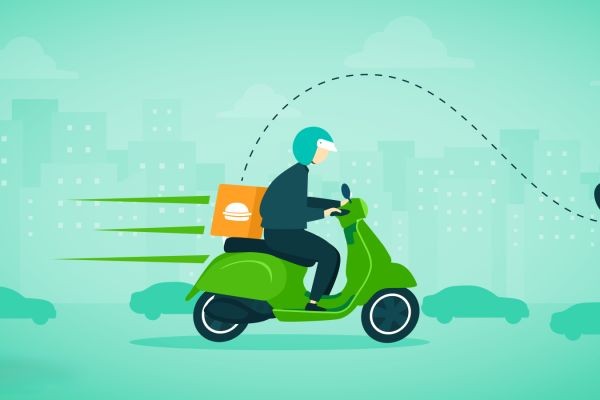The food delivery services market is undergoing continuous shifts that highlight the dynamic interplay between consumer behavior, technological innovation, and competitive strategies. Each transition signals a broader change in the way food is produced, delivered, and consumed, ultimately reshaping the long-term trajectory of the industry.
Lifestyle-driven demand shifts
One of the most significant shifts stems from evolving lifestyles. Urbanization, longer work hours, and the rise of dual-income households have made food delivery a regular habit rather than an occasional indulgence. Younger generations, particularly millennials and Gen Z, view delivery apps as essential tools that fit seamlessly into fast-paced routines. This lifestyle integration has cemented delivery as a permanent part of the food service industry.
Digital-first adoption and mobile growth
The rise of smartphones and internet penetration has fundamentally changed how consumers engage with food delivery. Mobile-first strategies have become standard, with intuitive app designs, real-time tracking, and personalized promotions driving adoption. Digital wallets and seamless payment integrations have further reduced barriers, making it easier for consumers to rely on delivery platforms daily.
Industry consolidation and partnerships
The market is also experiencing consolidation, with major players acquiring smaller platforms or forming partnerships with local businesses. This trend reflects the need to expand geographical coverage, strengthen restaurant networks, and achieve economies of scale. Consolidation not only enhances efficiency but also allows larger platforms to invest more in technology, sustainability, and customer loyalty programs.
Shifts toward healthier and sustainable choices
Health-conscious and environmentally aware consumers are prompting delivery platforms to broaden their offerings. Vegan, organic, and plant-based options are increasingly available through mainstream apps, while eco-friendly packaging initiatives are gaining momentum. This shift reflects broader consumer concerns about wellness and sustainability, compelling companies to rethink their menus and supply chains.
Rise of subscription and loyalty models
Another critical shift is the introduction of subscription-based services and loyalty programs. By offering free delivery, exclusive discounts, or bundled meal plans, companies are encouraging repeat usage and building long-term customer relationships. These models have proven particularly successful in retaining urban consumers who rely on delivery multiple times per week.
Regional variations in market shifts
Shifts are not uniform across geographies. In North America and Europe, the focus is on sustainability and premium experiences, while in Asia-Pacific, the emphasis is on affordability and mass adoption. Latin America, meanwhile, is witnessing a surge in mobile-based platforms that cater to underserved urban populations. These regional differences reflect how diverse factors shape consumer adoption and company strategies.


